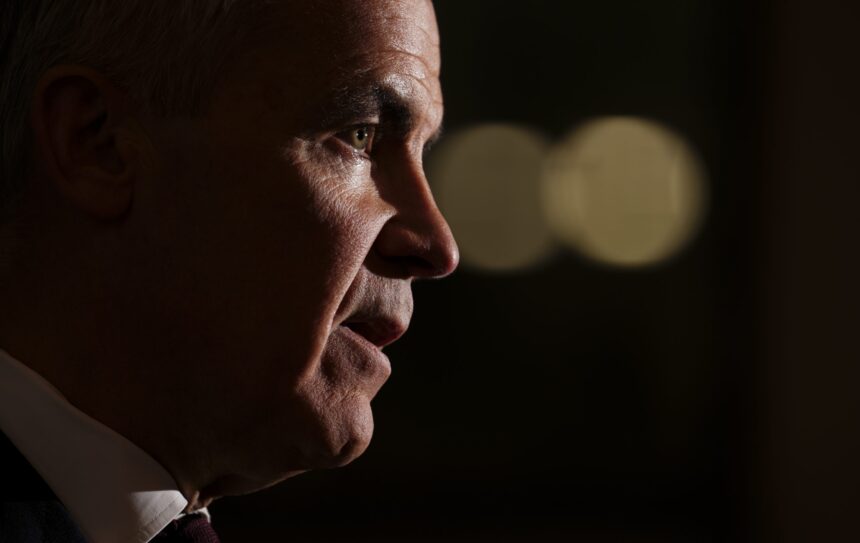In a significant policy milestone that reshapes Canada’s military commitment on the global stage, Finance Minister Mark Carney announced today that Canada will meet NATO’s target of spending 2% of GDP on defense this year—well ahead of the government’s original 2025 deadline. The accelerated timeline represents one of the most substantial increases in Canadian military funding in recent decades, amid growing geopolitical tensions and pressure from NATO allies.
“This isn’t merely about hitting a numerical target,” Carney stated during a press conference at the Department of National Defence headquarters in Ottawa. “It’s about Canada standing shoulder to shoulder with our allies at a time when the international rules-based order faces unprecedented challenges.”
The announcement comes after years of criticism from NATO partners, particularly the United States, regarding Canada’s historically modest defense expenditures. As recently as 2022, Canada was spending approximately 1.33% of its GDP on defense, placing it among the lower-contributing members of the 32-nation alliance.
The accelerated investment package includes $40 billion for modernizing NORAD’s northern early warning systems, substantial upgrades to Canada’s aging CF-18 fighter jet fleet, and enhanced cyber defense capabilities. Additionally, the Canadian Armed Forces will see expanded recruitment initiatives and improved support services for military personnel and veterans.
Defence Minister Bill Blair emphasized that the increased funding reflects evolving security realities. “The world has changed dramatically since Russia’s invasion of Ukraine and the growing assertiveness of authoritarian states. This investment ensures Canada can meaningfully contribute to collective security while protecting our sovereignty in the Arctic and beyond,” Blair noted.
Military analysts point to several factors driving this accelerated timeline. Dr. Stephanie Carvin, associate professor of International Relations at Carleton University, explains: “The compounding effects of Russian aggression in Eastern Europe, China’s territorial ambitions, and increasingly sophisticated cyber threats have created a security environment that demands more robust capabilities from all NATO members.”
The decision has garnered rare bipartisan support in Parliament, though opposition parties have questioned aspects of implementation. Conservative defense critic James Bezan welcomed the increased funding while expressing concerns about procurement efficiency. “We support meeting our NATO obligations, but Canadians deserve assurance that these billions will translate into actual capabilities, not bureaucratic delays.”
According to CO24 Politics reporting, the expenditure will be financed through a combination of reallocated spending priorities and moderate deficits, rather than specific tax increases. Economic experts from the Parliamentary Budget Office project minimal impacts on inflation, though some have cautioned about potential pressure on interest rates if military procurement significantly strains manufacturing capacity.
NATO Secretary General Jens Stoltenberg praised Canada’s commitment as “a clear demonstration of solidarity” during his recent visit to Ottawa. “At a time when democratic values face coordinated challenges worldwide, this investment strengthens not just Canada’s security, but the collective defense of all allies,” Stoltenberg remarked.
The accelerated spending timeline aligns Canada with other allies who have dramatically increased defense budgets in recent years. Germany, long criticized for underspending, committed to meeting the 2% threshold following Russia’s invasion of Ukraine. Similarly, Nordic countries have substantially bolstered their military capabilities in response to heightened regional tensions.
For ordinary Canadians, the implications extend beyond abstract budget figures. The investments are expected to create thousands of jobs in defense manufacturing across multiple provinces, with particular emphasis on cybersecurity, advanced materials, and artificial intelligence research as outlined in recent CO24 Business coverage.
As the international security landscape continues to evolve at a rapid pace, one question remains central to Canada’s defense policy: In an era of multifaceted threats ranging from conventional warfare to climate security challenges, will meeting a spending target be enough to ensure Canada’s ability to protect its interests and contribute meaningfully to global stability?










